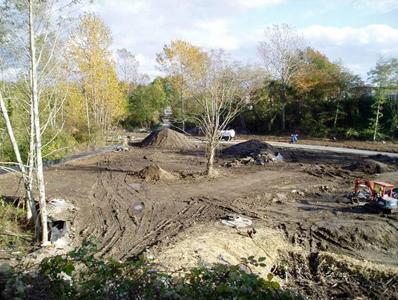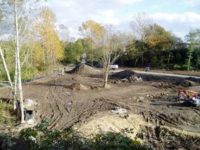A 21-acre park at the northern edge of Bellingham, Washington had a history of environmental contamination. The property was used as a landfill in the 1930s, and for gravel mining in the 1960s. Soil, surface water, and groundwater at the property were contaminated with a number of hazardous substances resulting from historical operations at an adjacent pole-treating facility. Farallon provided the City of Bellingham with engineering design review, construction observation, and inspection services for cleanup activities conducted at the park, and represented the City’s interests at weekly meetings with the U.S. Environmental Protection Agency (EPA), EPA contractors and consultants, and the potentially responsible party. Under Farallon’s watchful eye, the park was transformed from a public health threat into a vital link in the City’s greenway program.
Cleanup activities conducted at the park included rerouting Little Squalicum Creek, constructing a new stream channel and wetlands area, removing contaminated soil and sediment, and conducting planting and restoration activities. Farallon carried out daily site inspections to check progress, document work and design deviations, and monitor the performance of erosion-, sediment-, and dust-control measures. The restored park features improved trails and wildlife habitat, a more-natural meandering stream setting, open views, and grassy fields. Planned phased park improvements include creation of an estuary to enhance fish and wildlife habitat in the lower reach of the creek. This once-neglected mini-park is now a popular destination for hikers, joggers, bikers, dog walkers, and birdwatchers.


